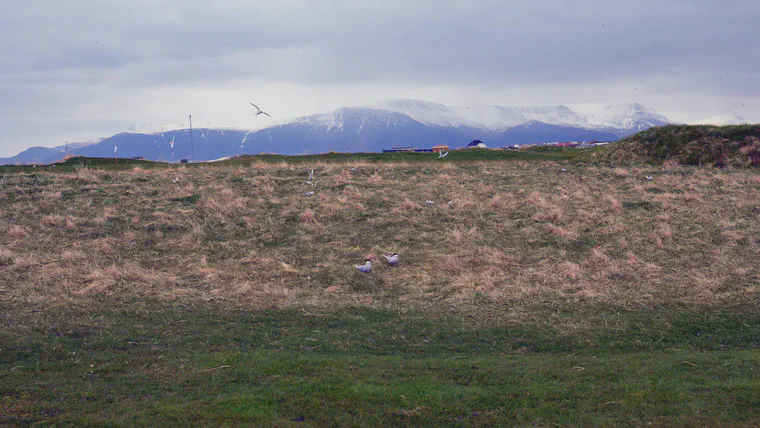Soil organic matter and N mineralization
I calculated 5x more mineralization in Bangkok than in Reykjavik
I’ve been making estimates of N mineralization from soil organic matter for the past few years using the method described by Gilmour and Mauromoustakos in Nitrogen mineralization from soil organic matter: a sequential model. I use these estimates as an approximate value for how much N may be mineralized at a particular time of year.
I recently saw some soil test measurements for putting greens at Ness Golf Club in Reykjavik, and I was struck by how high the soil organic matter was. For putting greens, the average value1 for soil organic matter to a 10 cm depth is 1.6%. The samples from Ness GC had an average greater than 3%.

Ah, I thought, this is really interesting. The low temperatures in that climate would lead to low mineralization rates. I thought it would be interesting to run the N mineralization model for Reykjavik temperatures and for a tropical climate like Bangkok. So I did.

I used daily temperatures for 2020 at both locations. I simulated the mineralization assuming the soil started with 3% organic matter (30 g/kg).
There was 5.3 times2 more mineralization predicted at Bangkok GC than at Ness GC. From a starting OM of 30 g/kg at both locations, the model calculated an ending OM of 29.7 g/kg at Ness and 28.2 g/kg at Bangkok. I get the N numbers from assuming 5% N content of soil organic matter. Note that the calculation here is the mineralization in isolation, without adding any soil organic matter from plant growth.
You can get rough–very rough–estimates of N mineralization by the expectation that from 1.5 to 4% of the total soil organic matter (SOM) will be mineralized each year. In this example, the temperatures are such that the model I used has 1% of the SOM mineralized at Reykjavik in a year and 6% of the SOM mineralized at Bangkok. For climates with temperatures cooler than Bangkok and warmer than Reykjavik, the annual value will often be in that textbook 1.5% to 4% range.
To get the actual N, one must account for soil bulk density and can assume that the SOM is 5% N. For example, a soil with 3% SOM to a depth of 10 cm and a bulk density of 1.4 g/cm3 would have a mass of 140 kg in 1 square meter to a 10 cm depth.
Of that 140 kg, 3% is SOM, or 4,200 g. Of those 4,200 g of SOM, 5% is N, or 210 g. Then figure perhaps 2.75% of that is mineralized in a year. That’s 5.8 g N/m2 (about 1.2 lbs N/1000 ft2) expected to be mineralized in a year.
The average for the 100 putting green samples in the Global Soil Survey was 1.6%. ↩︎
Calculated from these rounded numbers it appears to be 6 times more, but the exact value when I include more decimal points is 5.3. ↩︎